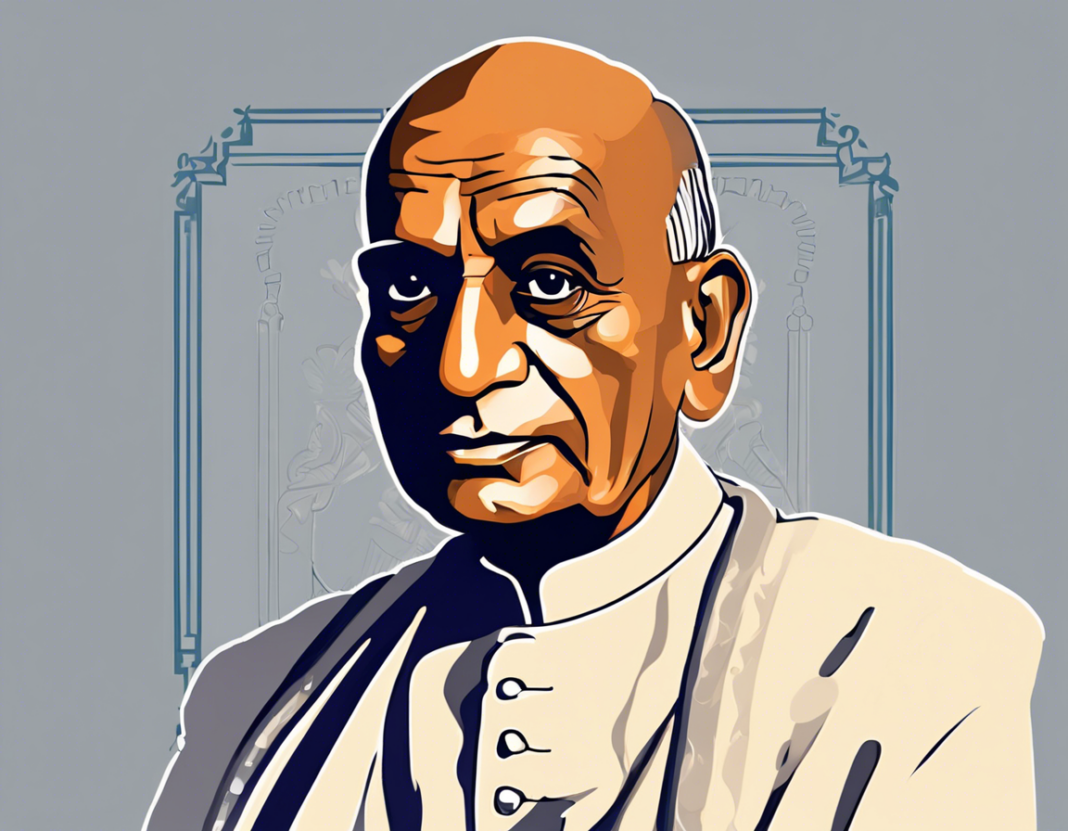Born on October 31, 1875, in Nadiad, Gujarat, Sardar Vallabhbhai Patel was one of the most influential leaders of the Indian independence movement. Popularly known as the “Iron Man of India,” Patel played a pivotal role in the unification of India post-independence. Let’s delve deeper into the life and legacy of this towering figure in Indian history.
Early Life and Education
Vallabhbhai Jhaverbhai Patel was born into a humble farming family. His early years were marked by hardship, but he showed great determination and intelligence. Patel pursued a degree in law in England, where he studied at the Middle Temple Inn in London. His exposure to Western philosophies and legal systems would later influence his approach to governance and nation-building.
Entry into Politics
Inspired by the nationalist movement, Patel returned to India and began his legal practice in Ahmedabad. He soon joined the Indian National Congress and was actively involved in various freedom struggles. Patel gained prominence for his strong leadership, organizational skills, and unwavering commitment to the cause of independence.
Role in the Indian Independence Movement
During India’s struggle for freedom, Patel emerged as a key figure alongside leaders like Mahatma Gandhi and Jawaharlal Nehru. He played a crucial role in mobilizing farmers, laborers, and peasants against British colonial rule. Patel’s involvement in the Bardoli Satyagraha of 1928 solidified his reputation as the “Sardar” or leader of the masses.
Uniting a Nation
After India gained independence in 1947, the country faced the daunting task of integrating over 500 princely states into the Union. This immense challenge fell on Patel’s shoulders, and he tackled it with remarkable skill and resolve. Through a combination of diplomacy, persuasion, and if necessary, coercion, he successfully persuaded the princely states to accede to India. His efforts culminated in the merger of these states into the Indian Union, thereby laying the foundation for a unified nation.
Legacy and Impact
Sardar Vallabhbhai Patel’s contribution to the unity and integrity of India is unparalleled. His firm handling of the princely states earned him the title of the “Iron Man of India.” Patel’s commitment to national integration, administrative acumen, and unwavering dedication to the nation’s well-being continue to inspire generations of Indians.
The Statue of Unity
In honor of his monumental contributions, the Indian government unveiled the Statue of Unity in Gujarat in 2018. Standing at 182 meters, it is the world’s tallest statue and serves as a fitting tribute to Patel’s legacy as the architect of modern India.
Frequently Asked Questions (FAQs)
Q1: What were some of Sardar Patel’s key achievements during the Indian independence movement?
A1: Sardar Patel played a crucial role in organizing peasants and farmers, leading movements such as the Bardoli Satyagraha. He also worked closely with Gandhi in the Non-Cooperation Movement and Civil Disobedience Movement.
Q2: How did Sardar Patel ensure the integration of princely states into India?
A2: Through a mix of diplomacy, persuasion, and if necessary, coercion, Patel convinced the princely states to accede to India, effectively preventing the balkanization of the country.
Q3: What is Sardar Patel’s legacy in today’s India?
A3: Sardar Patel is remembered as the “Iron Man of India” for his pivotal role in unifying the nation and his vision of a strong and united India. His contributions continue to inspire patriotism and nation-building efforts.
Q4: Why is the Statue of Unity significant in the context of Sardar Patel’s legacy?
A4: The Statue of Unity symbolizes Sardar Patel’s role in unifying India and serves as a reminder of his immense contribution to the country’s independence and integration.
Q5: How did Sardar Patel’s legal education influence his approach to governance?
A5: Patel’s legal background equipped him with analytical skills and a deep understanding of governance principles, which he applied in his role as India’s first Home Minister and Deputy Prime Minister.
In conclusion, Sardar Vallabhbhai Patel’s indomitable spirit, leadership, and vision have left an indelible mark on Indian history. His unwavering commitment to national unity and integrity serves as a guiding light for the nation, inspiring future generations to uphold his legacy of courage and determination.
